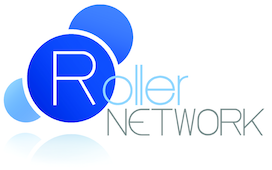We’ve given a surprising number of tours lately for colocation where one of the questions brought up was whether or not we provide UPS power to the racks. The simple answer is yes: Roller Network maintains and provides facility-wide UPS power. There is no requirement for a colocaiton customer to provide their own UPS. It’s actually our site policy that all switchgear, batteries, and UPS systems must be isolated in the electrical room separate from other equipment.
Apparently the motivation behind this question is that many of our local competitors do not provide UPS power for colocation. Well, we do, and we see it as part of our job in providing colocation services. If you have to maintain your own UPS and batteries, why colocate in the first place?
